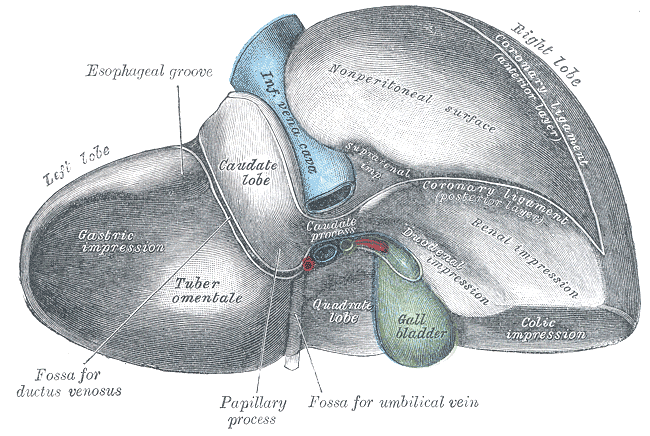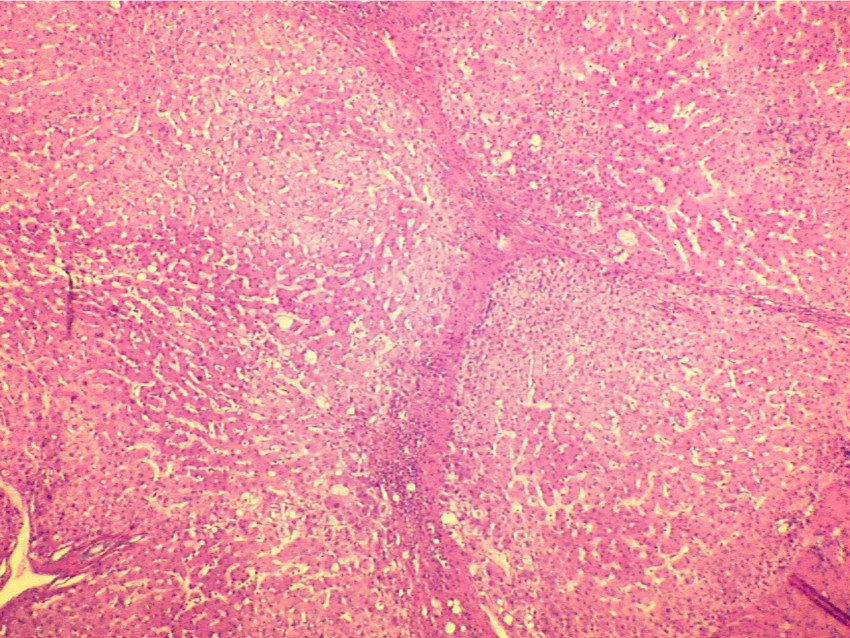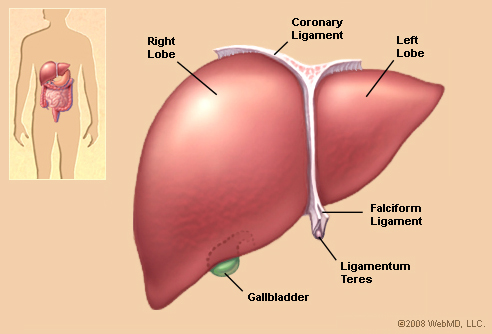Liver Basics 3
ROLE OF GENES IN LIVER DISEASE
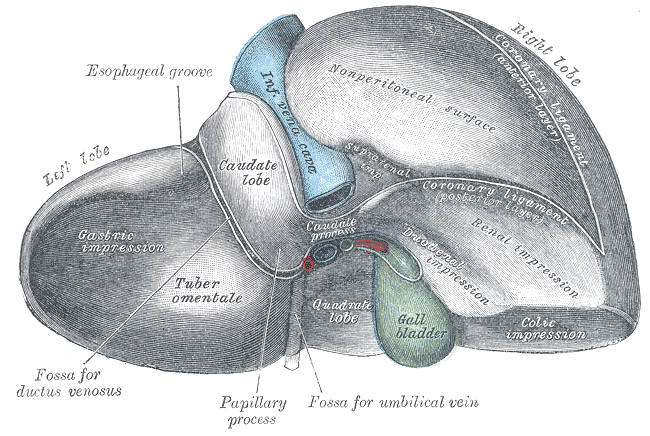
A liver disease may be caused either due to genetic or metabolic defects. The defects may arise due to an enzyme or transport protein that alters the system and causes problems to the liver. This article is going to discuss some of the genetic diseases of the liver and the role of genes in causing early liver diseases.
Genetic Haemochromatosis
Haemochromatosis is a recessive disease where excess iron is absorbed in the body and the deposits are collected in organs. This disease is seen in people having iron overload disorders. Analysis of Human haemochromatosis protein (HFE) would confirm Haemochromatosis.
Alpha-1 Antitrypsin Deficiency
An important liver protein called alpha-1 antitrypsin does not get produced or gets produced in very lower levels in the blood. Though people with this disease have this protein, it gets accumulated in the liver instead of going into the bloodstream. It has been found that this disease is due to the mutations in the SERPINA1 gene.
Cystic Fibrosis Liver Disease (CFLD)
Cystic fibrosis is caused due to the failure in secretion by the biliary epithelium thereby causing an absent or dysfunctional CFTR protein. CFTR protein’s main role is to participate in the first stage of ductal secretion. Its absence initiates progressive periportal fibrosis. There is also a theory that existence of modifier genes and three more genes, alpha-1-antitrypsin, transforming growth factor, and mannose binding lectins are also involved in CFLD.
Wilson Disease
Wilson disease is also an inherited genetic disorder where copper gets accumulated in the lungs and other vital organs. Copper is required for the nerves, bones and skin melanin. It is absorbed from the food and excess copper is excreted through bile (secreted by liver). In case of Wilson’s disease, copper is not excreted properly. So it gets accumulated in liver and other vital organs. When diagnosed in early stage, this disease can be treated. This disease is caused by the genetic mutation of ATP7B gene. When the activity of this gene is reduced, it leads to copper accumulation.
Type 1 Tyrosenmia
Tyrosenemia is a genetically inborn disorder where there is an error in the metabolism, where the body is incapable of breaking down the amino acid called tyrosine. It leads to sever liver disease in childhood. This disease is due to the altered activity of fumarylacetoacetate hydrolase.
Glycogen Storage Disease
This is a genetic disease. It can also be an acquired disease. Glucose is the large energy source of the body. Glucose is stored as glycogen in the liver. It is released into the body with the help of enzymes. In case of genetic disorder, there is a defect in the processing of glycogen synthesis or breakdown within muscles, liver and other cell types. Thus, glycogen gets accumulated in the liver causing failure of liver.
Argininosuccinate Lyase Deficiency and Citrin Deficiency
Urea cycle is one in which a series of reactions inside the body converts nitrogen into ammonia and aspartate into urea. These 2 diseases are caused because of errors in the Urea cycle.
There are several other diseases like Alstrom syndrome (rare disorder that affects many organs of the body. This is caused due to the defects in the function or structure of a hair like structure called cilia that is found in all types of cells in the body), Cholesteryl Ester storage disease, Hereditary Fructose intolerance.
The genetic liver diseases are found in a number of cases with different outcome, penetrance and age group. The role of genes in such cases has to be studied further with the help and collaboration of clinical symptoms and laboratory analysis.
Liked this article on Role Of Genes In Liver Disease and have something to say? Comment below and don’t forget to SHARE THIS ARTICLE!
STAGES OF LIVER DAMAGE
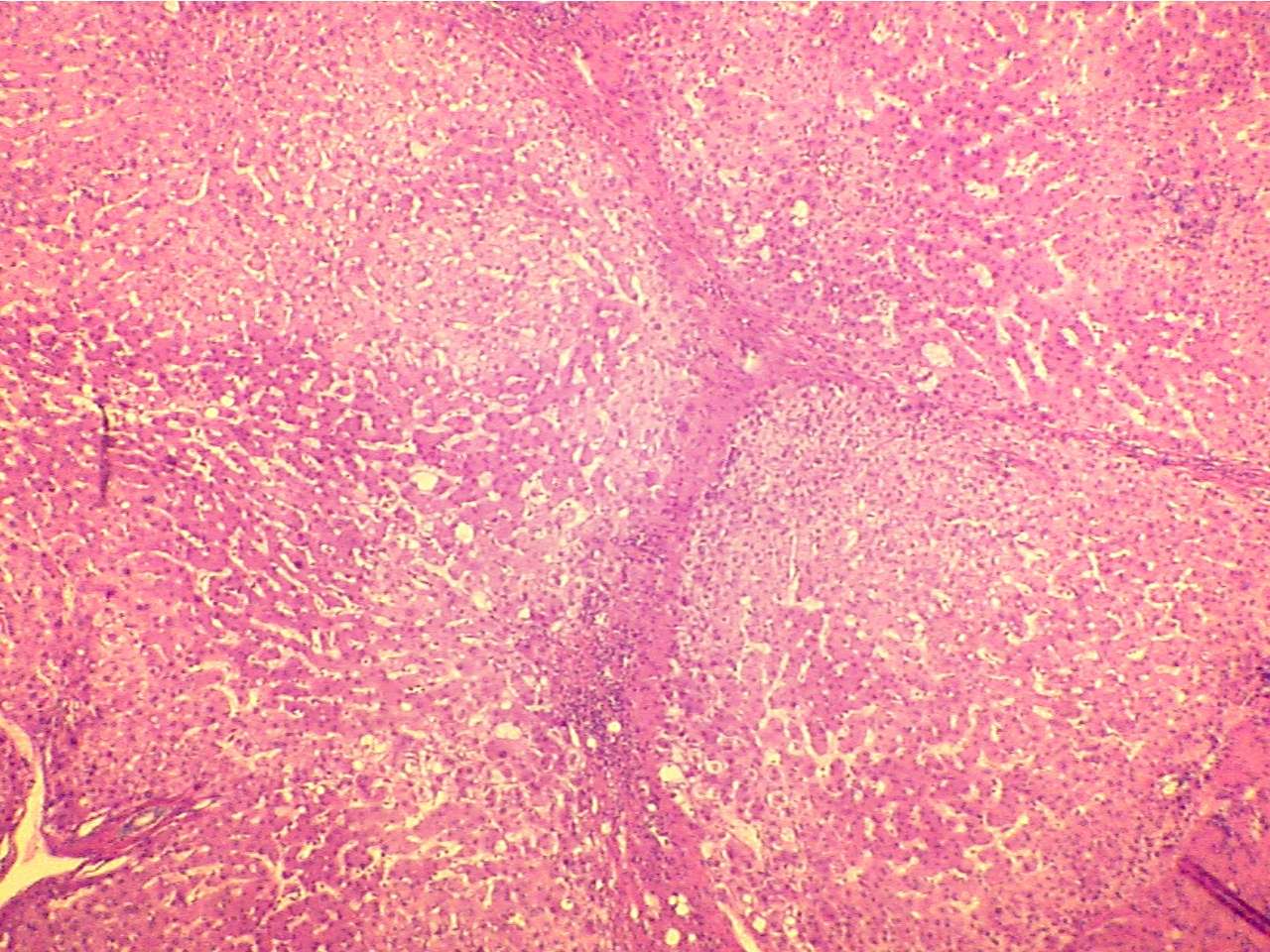
Damage to the liver is progressive in nature and simply does not happen overnight. While there is wide range of causes of liver failure and is diagnosed at different stages, the damage progresses in four stages. Liver damage is the result of alcohol abuse, fatty liver, Hepatitis virus or certain drugs. A healthy liver helps in purifying blood, fights infection; helps digest food and stores proteins and energy. The liver has the ability to regenerate itself by repairing the damaged tissues.
Stage 1: Initial Stage
Irrespective of the cause for liver damage, inflammation is the first sign that the liver is under attack. Inflammation is a sign that the liver is trying to fight off the infection. The liver becomes tender and swollen. If the inflammation is treated, progression to the second stage can be avoided however the inflammation hardly shows any signs on the outside making this stage hard to diagnose.
Stage 2: Fibrosis
In this stage, due to untreated liver the tissues are damaged thus forming the scar tissue. Scar tissue restricts blood flow and hinders proper liver function. The replacement of healthy liver tissues is Fibrosis. Often the rest of the healthy tissues will have to do the work of the tissue replaced by the scar tissues. Liver damage is normally detected in this or the third stage. At this stage, the liver damage can be treated and further damage can be prevented.
Stage 3: Cirrhosis
Cirrhosis is the chronic stage of the liver disease where the damage is irreversible and leads to the liver not able to perform its function. The liver cannot heal itself anymore. Due to this, other health complications also occur and treatment for these complications as well as the liver damage is required. One of the health complications is Liver cancer. Most people are diagnosed with liver problem at this stage. Some of the visible signs are bleeding, bruising, jaundice, and water retention in legs or abdomen, itching of skin, development of insulin resistance and type – 2 diabetes and mental confusion.
Stage 4: Liver Failure
Liver failure is a life threatening condition where the liver is either losing all its functions or has already lost them. The initial symptoms are fatigue, diarrhea, loss of appetite and nausea. As these symptoms are signs of many other diseases, it is difficult to pin down as liver failure. With the progression of liver failure, the patient becomes more sleepy, disoriented and confused. The patient requires immediate medical attention as there is risk of coma and death. The doctor will try to save the healthy part of the liver and if that is not possible, the patient is left with no option other than liver transplant. In rare cases, liver failure can occur with 48 hours and is called chronic liver failure. It is usually due to medicine overdose or poisoning.
Cirrhosis, Liver cancer and Liver failure are life threatening conditions leaving the patient with few treatment options. Diagnosing liver damage at the earlier stages helps in treating and reviving the liver. Talk to your doctor if you think you are at risk or have been exposed to hepatitis prone regions which may require vaccinations.
Liked this article on Stages Of Liver Damage and have something to say? Comment below and don’t forget to SHARE THIS ARTICLE!
ALL YOU NEED TO KNOW ABOUT THE LIVER
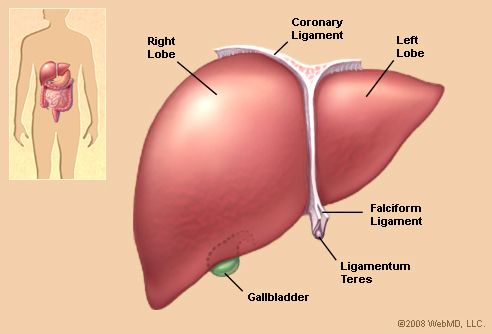
Living a healthy life and feeling hale and hearty is something every individual requires. And until you are healthy you seldom would have the time to think of different organs in your body which is working around the clock to make you feel so.
One such very important organ that works 24 X 7 without complaining and performing more than 500 vital processes in your body is the Liver.
Liver
Liver is the largest internal organ in your body and when compared to the metabolic activities of all the other organs, liver is the most complex and multifunctional.
Weighing around 1.46 kg, liver forms the largest glandular organ in the body and is the second largest organ after the skin.
It acts like a big hormone manufacturing factory and secretes a number of hormones; controls blood sugar level, neutralizes toxins produced during various catabolic processes and also fights infection.
Iron Storage
The main Function of Liver is to scavenge the various nutrients resent in the food we take such as vitamins and minerals and store them. It then supplies these nutrients in a regulated manner to various parts of the body through blood.
Detoxifies
The liver is made up of around 10% of fat and has a capacity of taking in the impurities from the blood which is left behind by various unhealthy habits such as consumption of alcohol or smoking, fatty foods and so on.
In fact Liver is very important for the very survival because without it the impurities in the blood will stay in the blood and the chances of survival per se would be affected.
Generation of RBC
The Red Blood Corpuscles does not get generated de novo the Liver functions as the RBC generator, hence it is understandable the presence of liver in all vertebrates, including humans. As soon as the liver is formed in the second trimester of pregnancy it begins generating blood. This is a very important part of the growth of a baby in the womb.
At any particular time, your liver would have almost 10% of the blood present in the body which is pumped through the various arteries at the rate of 1.4 liters per minute.
Regeneration
When we speak of transplant of organ, we generally speak of transplanting a whole organ; however it is quite different in liver. Liver transplant basically involves transplanting a portion of liver from one person to another. This is possible due to the property of liver to regenerate itself from a small portion.
Thus when a small portion of liver is transplanted from a person, the transplanted portion would regenerate the remaining part giving rise to a new liver and the portion left behind in the donor also regenerates itself making it possible for both the donor and recipient to have normal sized, fully functional liver.
Processes Hormone
Various hormones such as estrogen and testosterone are catabolised into bile in liver. Bile is then transported to the stomach to carry out the digestion of fats. Thus without Liver there would be a lot of fat stored in your body.
Liver is an important organ that is irreplaceable in the body and needs to be taken good care of.
Liked this article on All You Need To Know About The Liver and have something to say? Comment below and don’t forget to SHARE THIS ARTICLE!
